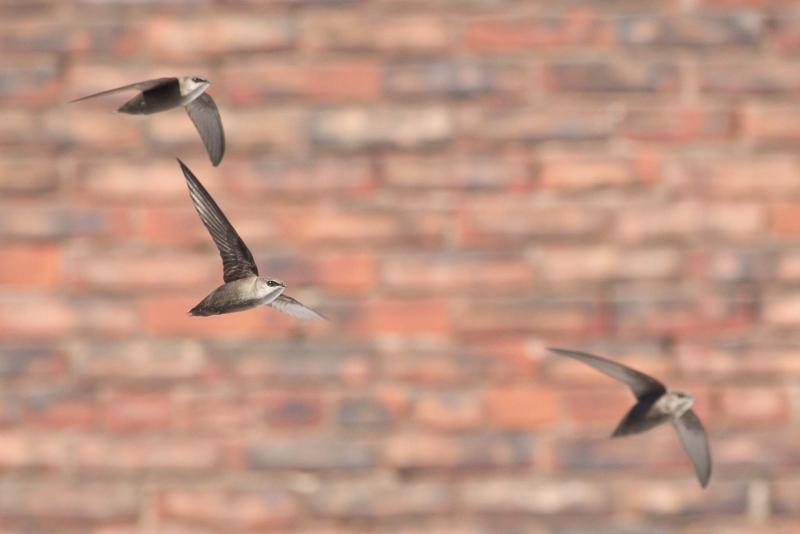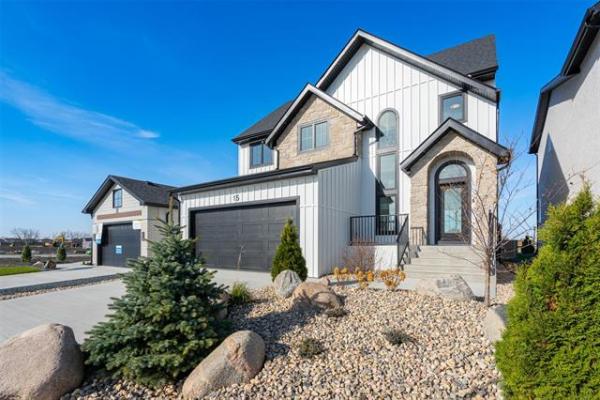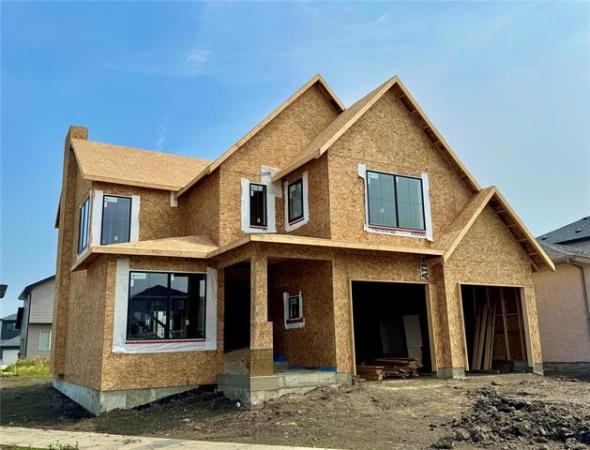Question: After reading your recent articles regarding sealing chimneys, I am concerned whether you understand the implications of your recommendations in regards to chimney swifts? Chimneys can be very significant habitat for this threatened species and any capping removes the chimney as a possible roosting or nesting site for these birds. Under the provincial Endangered Species and Ecosystems Act, it is an offence to harm individuals or habitat they rely on. Any disturbance to the chimney could be considered a violation under the act and subject to charges. Thank you for your attention to this, and if you have any questions in the future please do not hesitate to contact me.
Nicole Firlotte
Answer:
In my columns, I try to inform readers on any topics related to homes, and associated inspection or other related services. The questions and subsequent answers are wide ranging in scope, and I endeavour to provide as accurate information as I can, while maintaining an understandable format for readers. Sometimes, my suggestions may be contradictory to common conventions or somewhat subjective, but I attempt to relay information that will help homeowners properly maintain a healthy and sound home. Occasionally, recommendations I make will improve one aspect of a house, but may prove to be detrimental to other systems or issues. You have identified such a concern that I was completely unaware of until your initial contact last year, and I am strongly in favour of any actions to protect biodiversity and the environment. However, your misleading warning about possible contravention of the Endangered Species Act should not apply to most homeowners upgrading furnaces, which I will explain, further. I will also pass along much of the information you have provided and how it relates to my suggestions for closing unused chimneys.
In April 2007, the Committee on the Status of Endangered Wildlife in Canada (COSEWIC) listed the chimney swift as a threatened species. The chimney swift is now listed as a threatened species under the Manitoba Endangered Species Act. These small cigar-shaped birds, which can eat over 1,000 mosquitoes and flying insects a day, historically made their nests inside large hollow old trees. The trees provided shelter when the birds arrived each year in May to roost. As the old-growth forest was cut down, due to urbanization and agricultural use of the land, their habitat slowly disappeared. To adapt, these clever birds began to use the inside of masonry chimney flues for their nests, rather than hollow trees. Despite this, their populations have steadily decreased over the last several decades, leading to the threatened status.
Why have the populations decreased so significantly, up to 95 per cent, especially in the last 40 years? One reason, other than deforestation, is the change to our homes’ heating systems during that time. Homes built in the first half of the 20th Century, and prior, were heated primarily with wood, coal or oil. To accommodate wood or coal heating, large masonry chimneys were constructed, often with several flues in larger homes for the multiple fireplaces. These older chimneys were mostly unlined, and had exposed brick and mortar joints inside the flues. Those rough surfaces made ideal sites for chimney swifts to build their nests. Since the 1950s and ’60s, masonry chimneys have mostly been constructed with clay or metal liners, which are too smooth a surface for the nests to adhere. Many older chimneys have also had metal liners installed, to allow safe use with natural gas burning appliances. This is only getting worse, as most new homes lack any type of chimney, due to direct-vent gas fireplaces and furnaces.
The question you have raised is whether sealing off the top of your chimney, from your older natural gas furnace or water heater, will affect existing or potential nesting sites? In most cases it should have not any detrimental results for nesting chimney swifts. The reason is that all older natural gas fired furnaces should have been vented directly into a metal flue, which should be continuous from the inside of the basement to the top of the chimney. This metal flue, or liner, typically will have a rain cap and a flashing or masonry cap covering the remainder of the chimney top, to prevent moisture intrusion. These items will undoubtedly prevent the birds from entering the chimney or securing a nest inside. So, my previous articles suggesting sealing the top and bottom of the older metal flue, to prevent cold air and moisture intrusion, is still valid advice for most homes and will not affect nesting swifts.
The dilemma that may arise is if a new high-efficiency furnace or boiler is installed in a home built prior to the ’50s or ’60s. If that home has an older masonry chimney, with just a single-walled metal liner inside one or more flues, should that be capped? If the liner is still in good condition, capping it should not prevent roosting birds, as they would not be able to secure a nest to the smooth metal. If the liner is damaged, corroded or partially missing, which is quite common, then leaving it uncapped, or removing it entirely to encourage a new nesting site will be an environmentally sound decision.
Ensuring that changes to our own nests don’t affect those of threatened species like chimney swifts is critical to ensuring biodiversity. Care must also be taken to know all the facts before making decisions which may not enhance nesting sites and may be somewhat detrimental to our own homes. For more information, please check out the Manitoba Chimney Swift Initiative website at mbchimneyswift.ca.
Ari Marantz is the owner of Trained Eye Home Inspection Ltd. and the past president of the Canadian Association of Home & Property Inspectors — Manitoba (cahpi.mb.ca). Questions can be emailed to the address below. Ari can be reached at 204-291-5358 or check out his website at trainedeye.ca.
trainedeye@iname.com




